Accurate Diagnosis and Surgery
Safe and Effective Correction
Revision Malarplasty
It Is Important to Recieve Revision Facial Contouring from
Experienced Specialist
Capable of Giving an Accurate Diagnosis and Using Safe and
Effective Surgical Techniques.
Points to Be Checked Before Revision Facial Contouring
Facial Contouring-
Specialized Surgeon
Highly Experienced in
Revision Surgery
Thorough Examination
of Changes in Facial Bone
and Muscle Structure via
3D-CT after Primary
Surgery
Safety Management
System for Safe
and Precise
Surgery
Facial contouring is a very
difficult surgery, conducted with
a narrowed and obstructed view.
After primary surgery, disfiguration
due to muscle adhesion or bone
resorption can appear, and
inexperienced surgeons may cause
unnecessary bleeding.
Therefore,
revision surgery for facial contouring
requires greater expertise.
Since most cases of revision facial
contouring are due to bone resorption
or adherence of surrounding tissue,
accurate examination of the facial
structure and surgical planning are
essential.
Because revision facial contouring is
highly demanding and complicated, it
requires a safe surgical system based
on close analysis of the patient’s
condition, depth of experience in
revision surgery, and advanced
technology.
Braun Conducts Research on Revision Facial Contouring.
For All Facial Contouring Cases, Chief Dr. Kim, Tae-Gyu
Personally Performs Surgery from Start to Finish.
Development of New Surgical Techniques Based on Extensive
Clinical Experience and Ongoing Research
Braun Has Unrivaled Essential Technology for Facial Contouring
and Strives for Ever More Beautiful Facial Contours.
Dr. Kim Developed Braun’s Trademarked Surgical Techniques include the Inverted
V-Shape Osteotomy, 30-Min Malar Fixation, Anterior Square Jaw Surgery and Facial-Contouring
Rhinoplasty, Leading Excellence in Surgical Technologies in the Korea’s Field of Facial
Contouring with Continued Research and Academic Study.
KSAPS International Conference
KSAPS International Conference
12th International Conference of Korean Association of Plastic Surgeons
12th International Conference
of Korean Association of Plastic Surgeons
International Conference
1st Asia Forum for Blepharoplasty
Revision Malarplasty Using 3D Malar Lifting
and Rotation Technique with Outer Fixation
Cases Requiring Revision Malarplasty
1. No reduction made
A.No reduction in both front (45°angle) and side cheekbone
case 1
The following are 3D-CT images of real patients who
had revision surgery from Chief Dr. Kim Tae-Gyu.
Primary fixed malar reduction had no effect in both front and side cheekbones, making them droopy; 3D
lifting-rotation malar reduction and lateral fixation were performed for revision.
case 2
The following are 3D-CT images of real patients who
had revision surgery from Chief Dr. Kim Tae-Gyu.
Primary fixed malar reduction had no effect in both front and side cheekbone; 3D lifting-rotation malar
reduction and lateral fixation were performed for revision.
case 3
The following are 3D-CT images of real patients who
had revision surgery from Chief Dr. Kim Tae-Gyu.
Primary unfixed malar reduction had no effect at all, just subtle evidence of surgery; 3D lifting-rotation malar
reduction and lateral fixation were performed for revision.
case 4
The following are 3D-CT images of real patients who
had revision surgery from Chief Dr. Kim Tae-Gyu.
Primary fixed malar reduction had no effect in both front and side cheekbone; 3D lifting-rotation malar
reduction and lateral fixation were performed for revision.
case 5
The following are 3D-CT images of real patients who
had revision surgery from Chief Dr. Kim Tae-Gyu.
Primary unfixed malar reduction had no effect in both front and side cheekbone; 3D lifting-rotation malar
reduction and lateral fixation were performed for revision.
B.No reduction in side cheekbone
case 1
The following are 3D-CT images of real patients who
had revision surgery from Chief Dr. Kim Tae-Gyu.
Primary unfixed malar reduction made no effect in side cheekbone; \ 30-min fixed-malar reduction was
performed for revision.
B.No reduction in side cheekbone
case 1
The following are 3D-CT images of real patients who
had revision surgery from Chief Dr. Kim Tae-Gyu.
Primary fixed malar reduction made no effect in side cheekbone; 30-min fixed-malar reduction was
performed for revision.
2. Descended cheekbone and cheeks
case 1
The following are 3D-CT images of real patients who
had revision surgery from Chief Dr. Kim Tae-Gyu.
Primary unfixed malar reduction caused the front cheekbone and cheek to descend; 3D lifting-rotation malar
reduction and lateral fixation were performed for revision.
case 2
The following are 3D-CT images of real patients who
had revision surgery from Chief Dr. Kim Tae-Gyu.
Primary fixed malar reduction caused the front cheekbone and cheek to descend; 3D lifting-rotation malar
reduction and lateral fixation were performed for revision.
case 3
The following are 3D-CT images of real patients who
had revision surgery from Chief Dr. Kim Tae-Gyu.
After primary fixed malar reduction, front cheekbone descended and side cheekbone on the right were
fractured and sunken causing a sagging cheek; right cheekbone reconstruction, 3D lifting-rotation malar
reduction and lateral fixation were performed for fixation.
case 4
The following are 3D-CT images of real patients who
had revision surgery from Chief Dr. Kim Tae-Gyu.
Primary unfixed malar reduction caused the front cheekbone and cheek to be descended; 3D lifting-rotation
malar reduction and lateral fixation were performed for revision.
3. Sunken or staircase-shaped side cheekbone or temples
case 1
The following are 3D-CT images of real patients who
had revision surgery from Chief Dr. Kim Tae-Gyu.
Primary unfixed malar reduction ground the bone too much causing a fracture and making the bone and skin
sunken; cheekbone reconstruction, 3D lifting-rotation malar reduction and lateral fixation were performed
for revision.
case 2
The following are 3D-CT images of real patients who
had revision surgery from Chief Dr. Kim Tae-Gyu.
Primary fixed malar reduction performed inappropriate osteotomy and the cheekbone was fractured and
sunken along with sunken skin; cheekbone reconstruction, 3D lifting-rotation malar reduction and lateral
fixation were performed for revision.
case 3
The following are 3D-CT images of real patients who
had revision surgery from Chief Dr. Kim Tae-Gyu.
Primary fixed malar reduction caused a drastically staircase-shaped cheekbone and sunken temples;
cheekbone reconstruction, 3D lifting-rotation malar reduction and lateral fixation were performed for
revision.
4. Asymmetry
case 1
The following are 3D-CT images of real patients who
had revision surgery from Chief Dr. Kim Tae-Gyu.
Primary unfixed malar reduction had no effect, only creating asymmetry; 3D lifting-rotation malar reduction
was performed for revision.
5. Separated and detached cheekbone due to nonunion
case 1
The following are 3D-CT images of real patients who
had revision surgery from Chief Dr. Kim Tae-Gyu.
Primary fixed malar reduction caused the cheekbone on each side to be separated and detached due to
nonunion; cheekbone reconstruction and 3D lifting-rotation malar reduction were performed for revision.
case 2
The following are 3D-CT images of real patients who
had revision surgery from Chief Dr. Kim Tae-Gyu.
Primary fixed malar reduction caused the right cheekbone to be separated and detached due to nonunion;
cheekbone reconstruction was performed for revision.
case 3
The following are 3D-CT images of real patients who
had revision surgery from Chief Dr. Kim Tae-Gyu.
Primary unfixed malar reduction caused the left cheekbone to be separated and detached due to nonunion;
and cheekbone reconstruction and 3D lifting-rotation malar reduction were performed for revision.













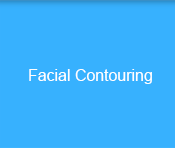


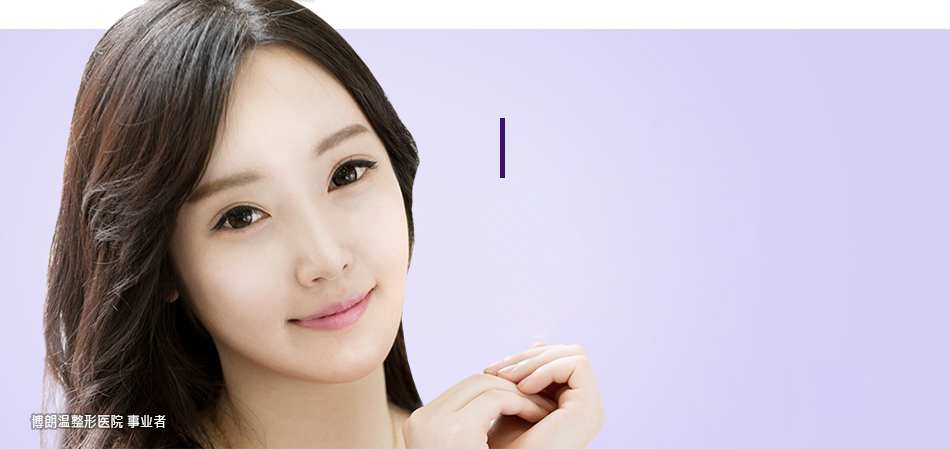


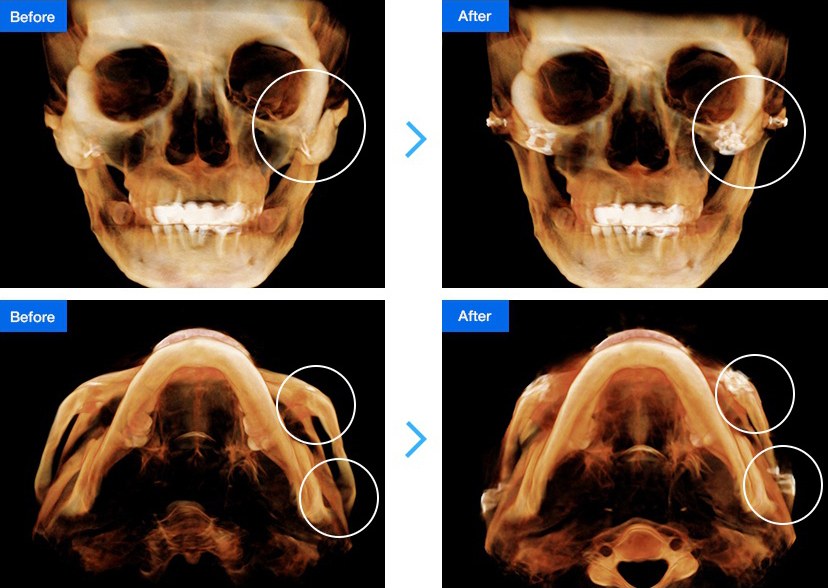

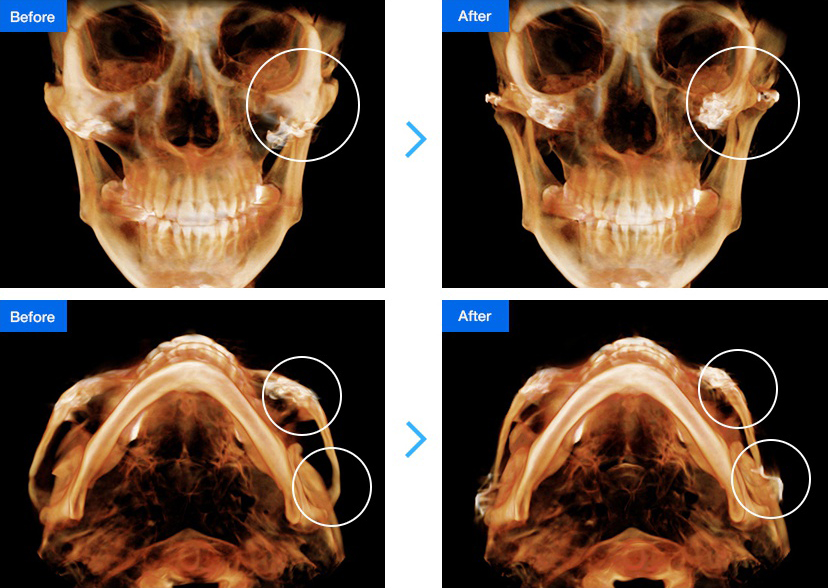



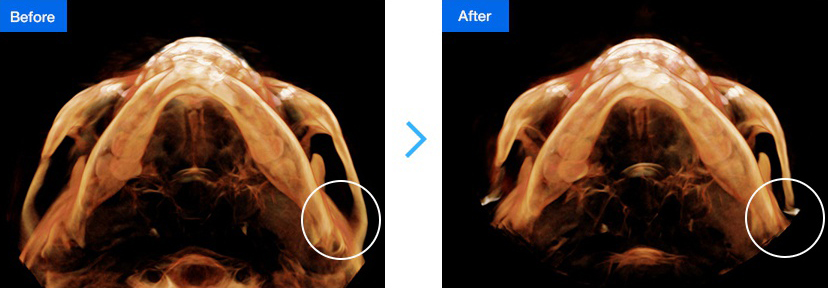

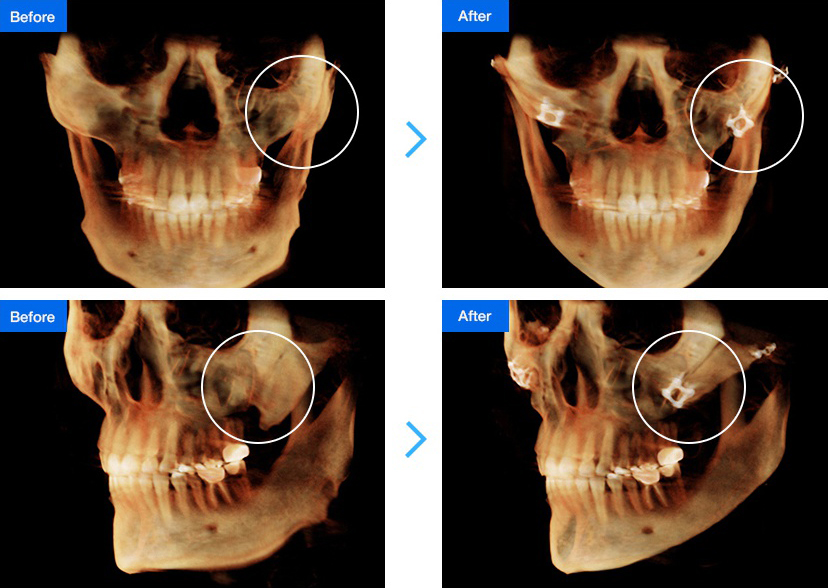
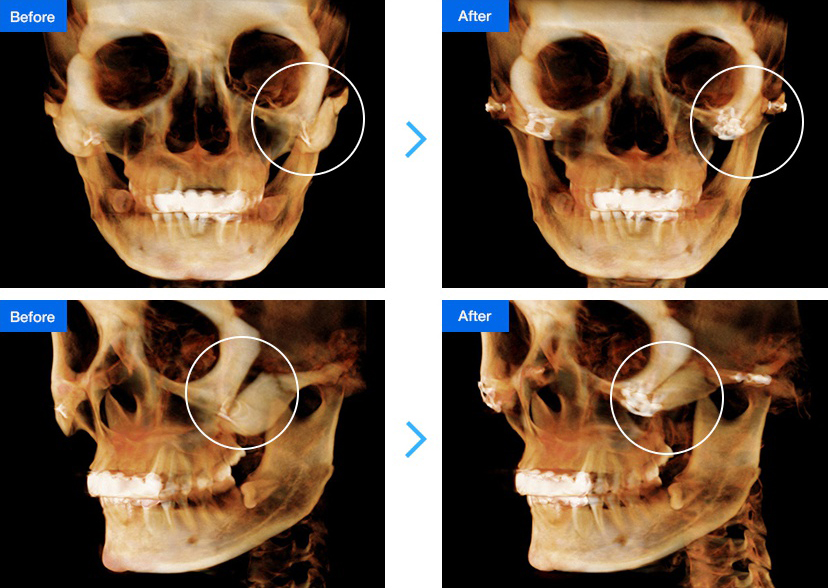
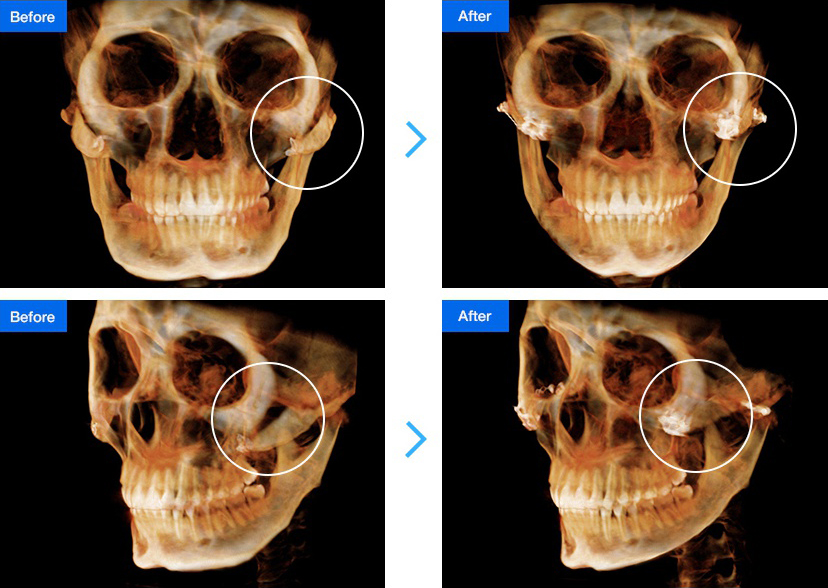

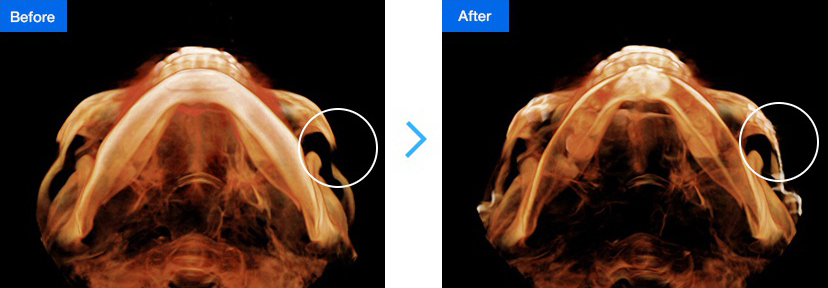
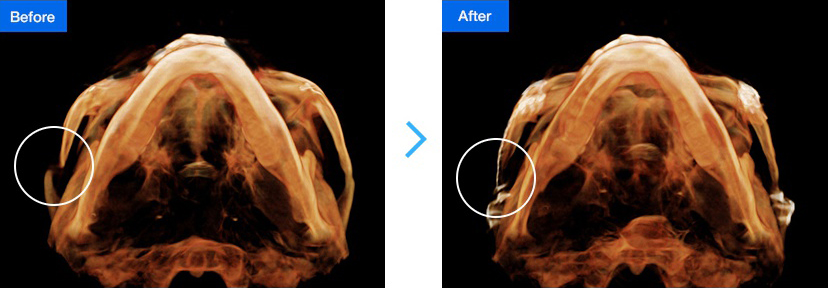
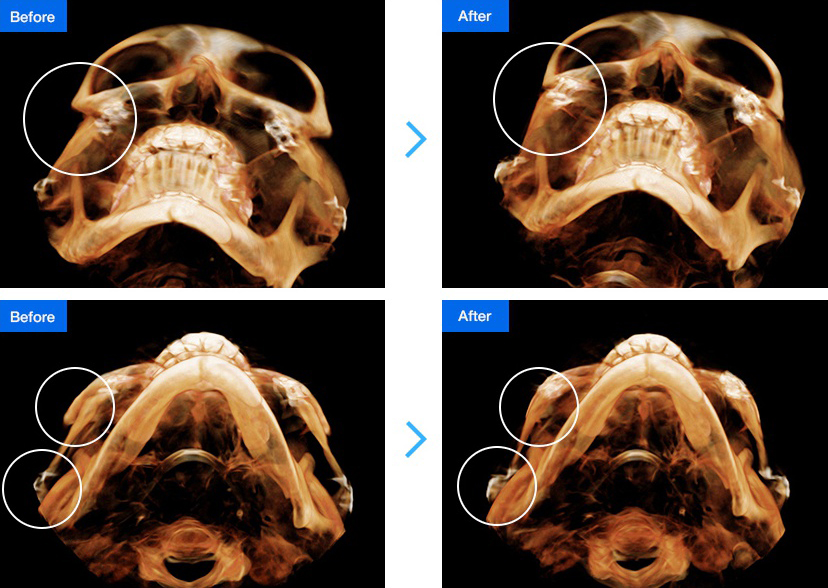
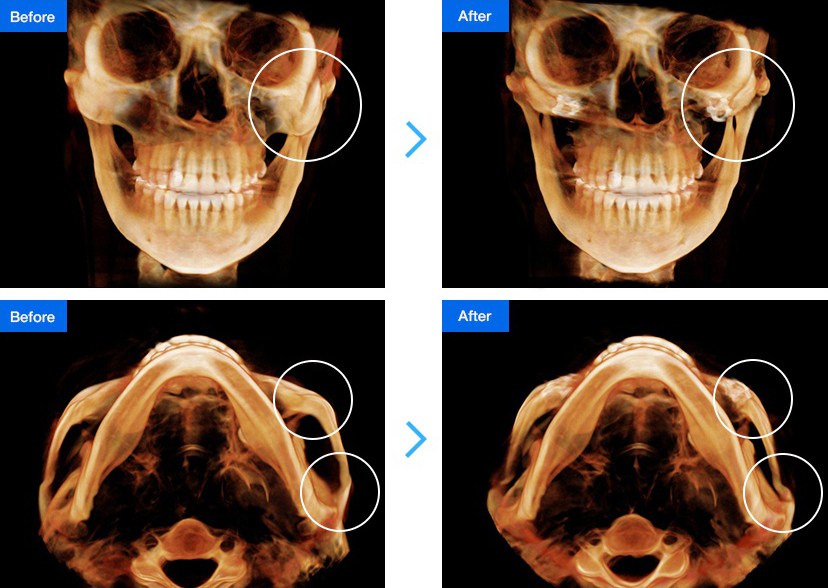
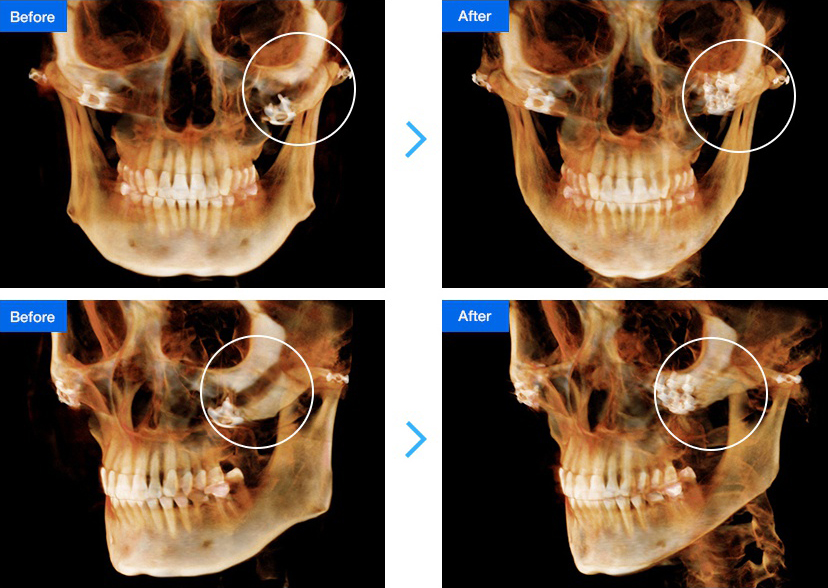
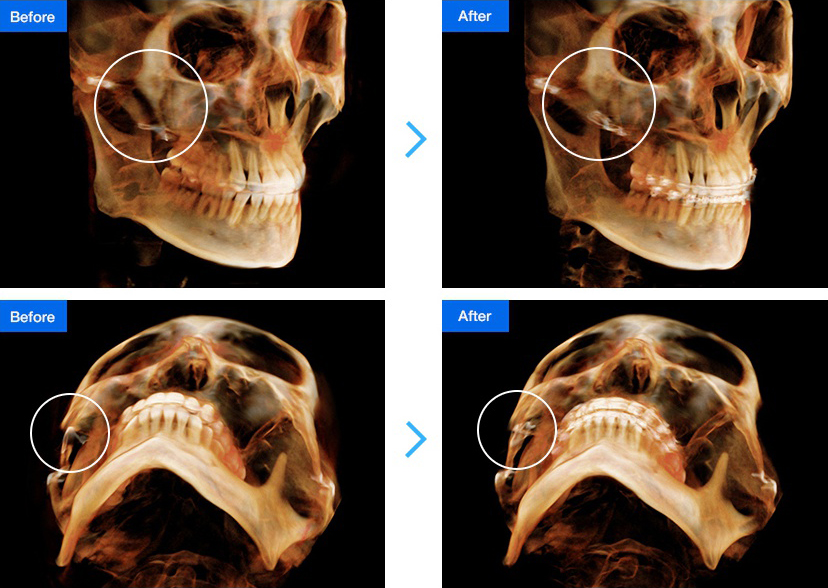
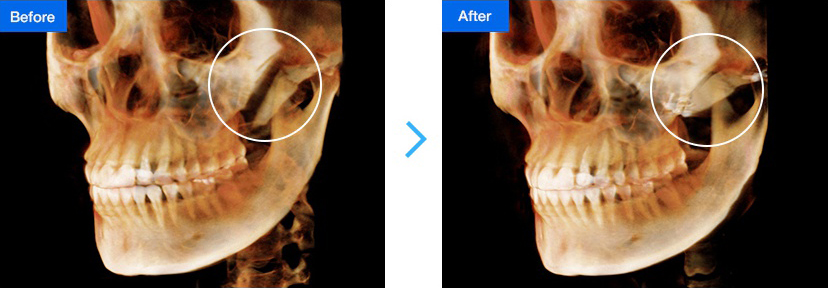




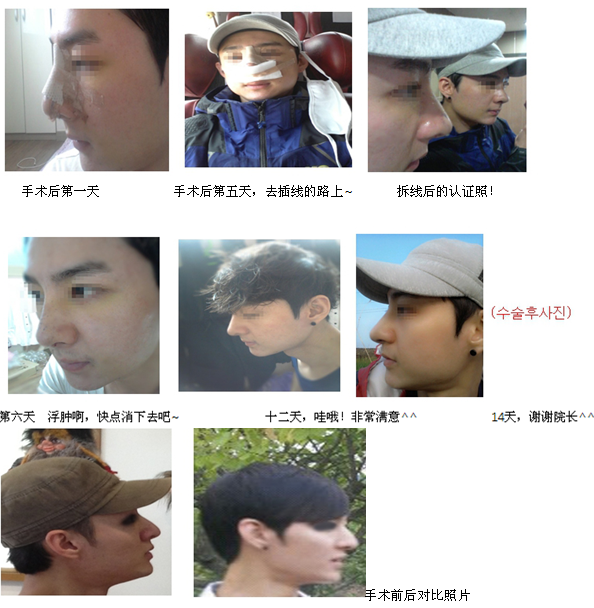








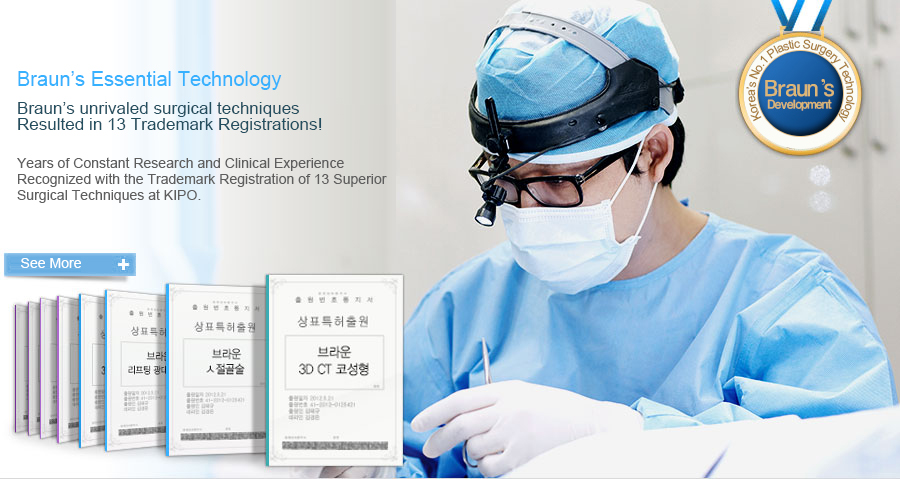
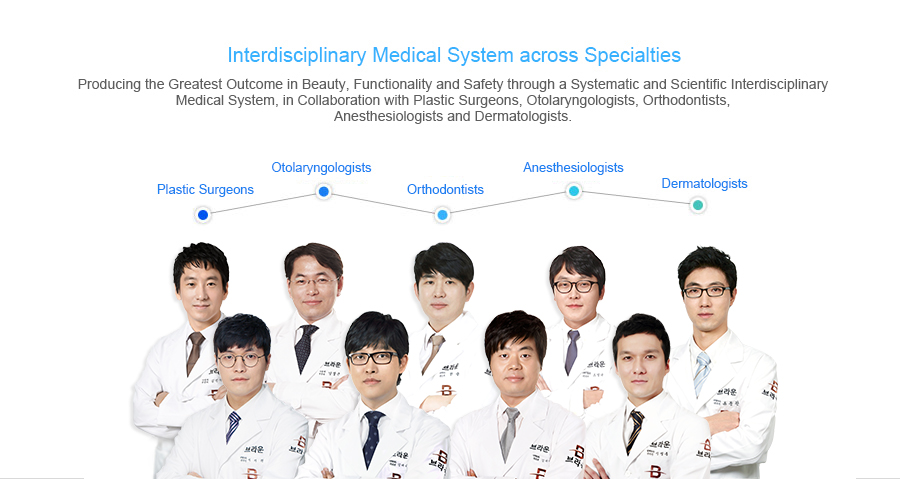


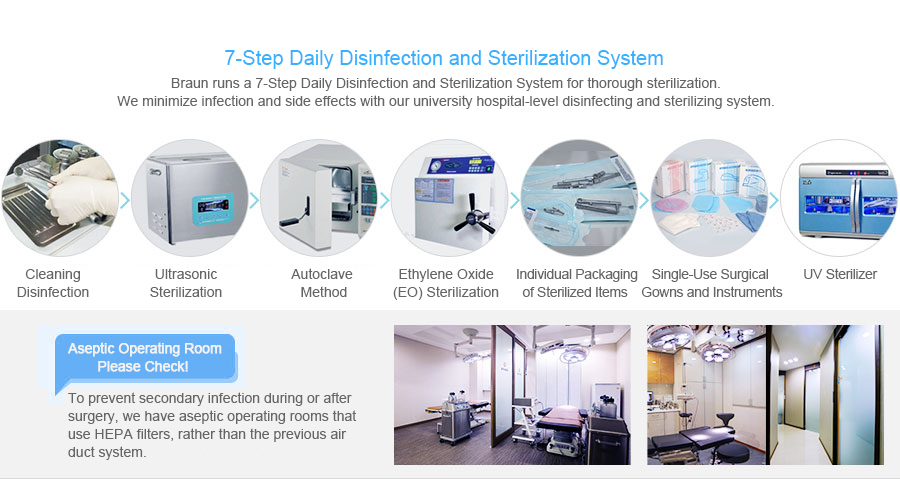

![2013年消费者最值得信赖的品牌大奖
[鼻部整形/面部轮廓整形领域]荣获大奖](/images2/main/partners_000.jpg)
![2013年韩国消费者最受欢迎品牌第一名
[鼻部整形/面部轮廓整形领域]荣获大奖](/images2/main/partners_03.jpg)













